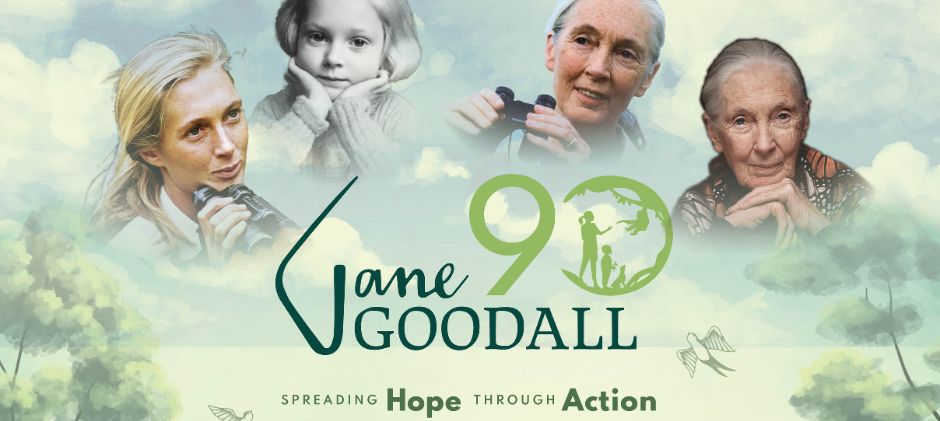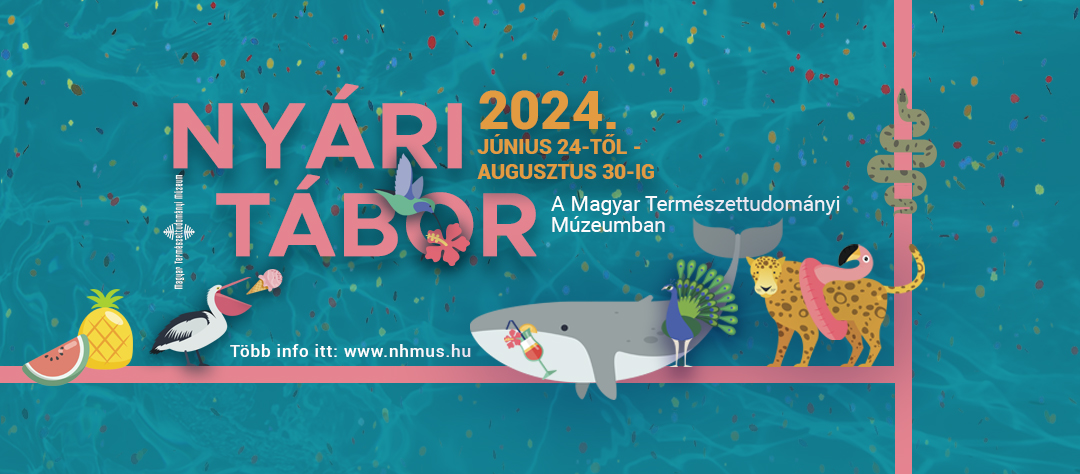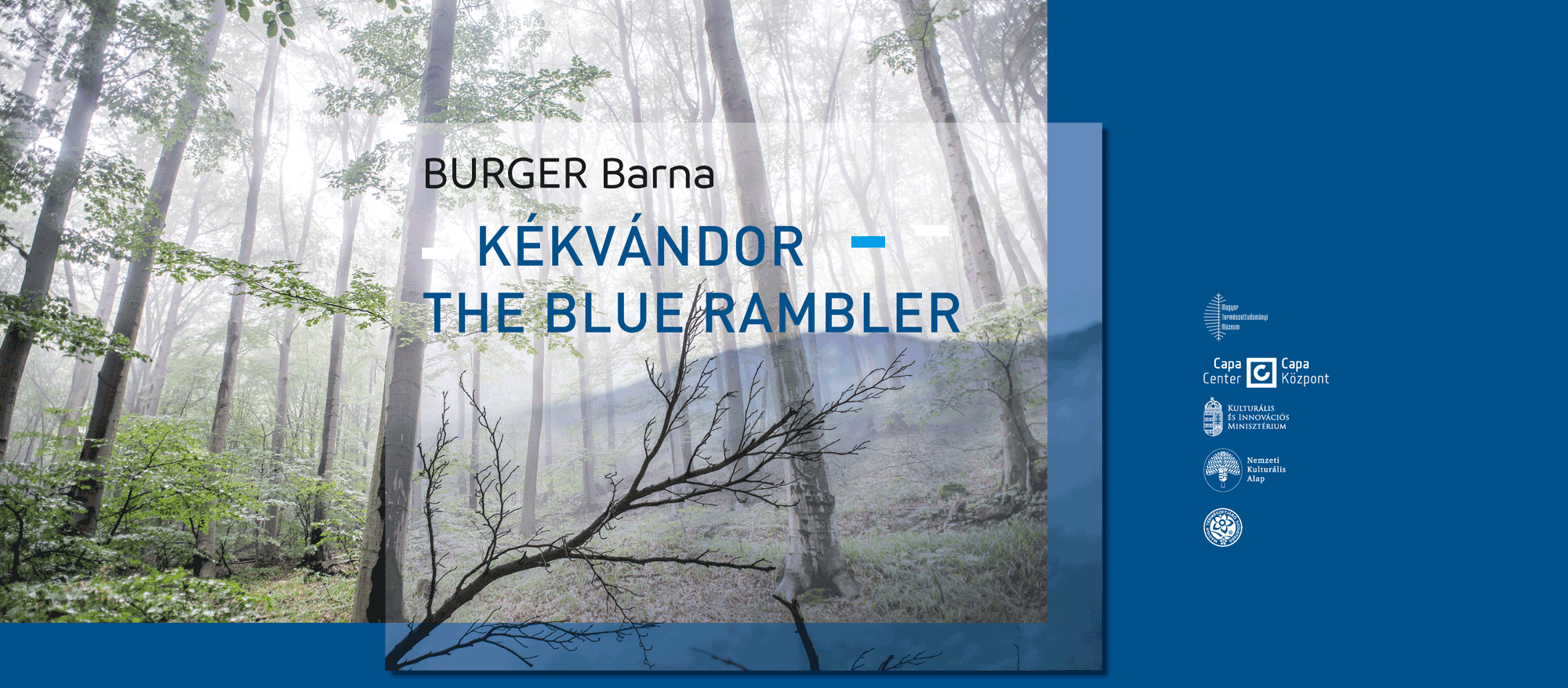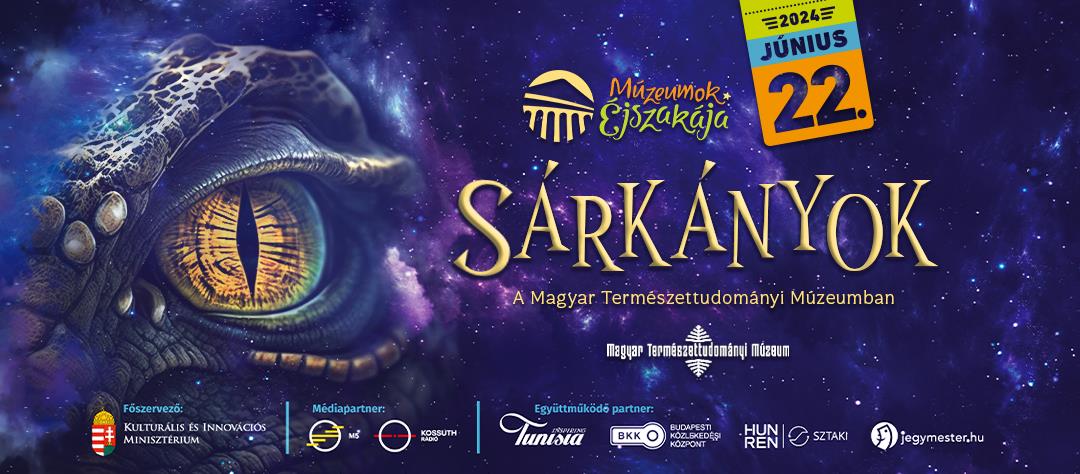The Hungarian Natural History Museum is not only a place for exhibitions, but it has also devotedly been operating as a significant international research institution for centuries. Therefore, we have acquired extensive knowledge of the flora of Hungary. As the Balkan Peninsula has been relatively unexplored so far, our scientists regularly organize expeditions to discover new vegetation there. As a result, the museum collection has been enriched by several specimens of the area that could be important for local researchers, as well. The Synthesys Program, launched by the European Union, supports scientists of 20 European museums to visit foreign institutes to improve their own knowledge of flora and fauna and, furthermore, the effectiveness of biodiversity conservation. Jani Marka, an Albanian bryologist of the Tirana University, came to Hungary in 2011 by the Synthesys project. We asked him about his professional experience and the time he spent in our collection.
In the Albanian mountains deserted houses and bunkers are parts of the landscape
Why is Albania interesting for foreign researchers from the aspect of your professional field?
Researching the flora of Albania is tempting as we do not have long term traditions of this field. The area had kept several undiscovered surprises, until regular expeditions began here. On the geologically variable calcic, volcanic and metamorphic rocks of seashores and high mountains, astonishing vegetation could remain partly due to the history of our country. Although the deliberate isolation from other nations had unfavourable economic effects, it also had many advantages from the aspect of biodiversity. The biological communities remained intact from the invasive species; therefore we can meet and investigate a unique and magnificent natural world here.
Albanian landscape
One out of the seven hundred thousand bunkers. After World War II Enver Hoxha Stalinist dictator imagined the whole world as his enemy
How did you get in touch with the bryologists of the Hungarian Natural History Museum?
Hungarian botanists from HNHM have visited Albania several times in the last fifteen years. In 2009 Beáta Papp (the curator of Bryophyte Collection of the HNHM) contacted me to join them on their trip to Albania in July. It was a great opportunity as there are no other bryologists in Albania apart from me. We spent almost two weeks in the southern part of the country to collect specimens. It was an exciting and joyful experience. I remember that I spent almost all of the following year examining the bryophytes we collected there. I also published the results in the HNHM journal, Studia Botanica Hungarica. Collaboration was so successful that we have had further collection trips together since then.
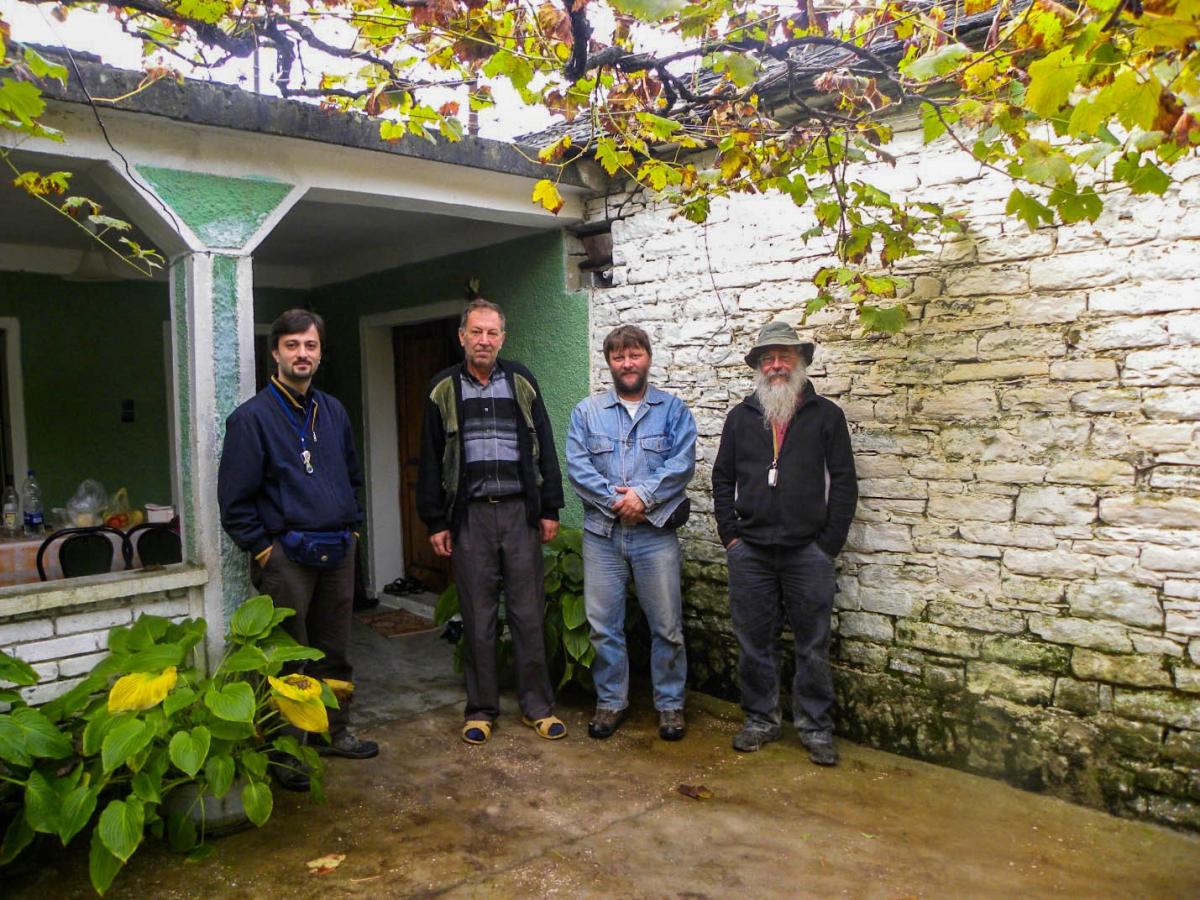
Albania, the home village of Jani Marka, Dhëmbeli-mountains, Hosthevë
From left to right: Jani Marka, Jani Marka’s father, László Lőkös, lichen researcher (HNHMUS), Peter Erzberger German bryologist
So did this experience give you the idea of coming to Budapest to research?
Yes, it did. I had never heard about the Synthesys Program until Beáta pointed out how great an opportunity it could be for me. The reason why I finally chose the Hungarian Natural History Museum was that the institution has a completely unique bryophyte collection of the Balkan area.
Were you satisfied with the conditions here?
I was absolutely satisfied in every point of view. The HNHM has a very pleasant atmosphere and the local scientists along with other staff members were all friendly and helpful. Although I spent only a few weeks in Budapest, I could examine nearly two hundred bryophytes and I also found ten species new for Albania. The museum preserves more than ten thousand bryophyte specimens from the Balkan areas, which has considerable comparative importance. Without this material, it would have been much more difficult to achieve such results, which have actually been published in one of the most significant journals in the field, the Journal of Bryology.
Are you planning further expeditions together with the Hungarian botanists?
Our last trip was in the Albanian Valbona-valley in 2014, where we were collecting together with the researchers of the British Bryological Society and also with Serbian and Kosovan colleagues. We could get to know each other a little better and I have already agreed with the Kosovan researcher of the University of Pristina to collaborate in a further expedition to Kosovo to discover the bryoflora there.
International research, Valbona-valley, Albania
Written by Mária Tegzes and Kriszián Kucska
Edited by Bernadett Döme
Photos by Beáta Papp
